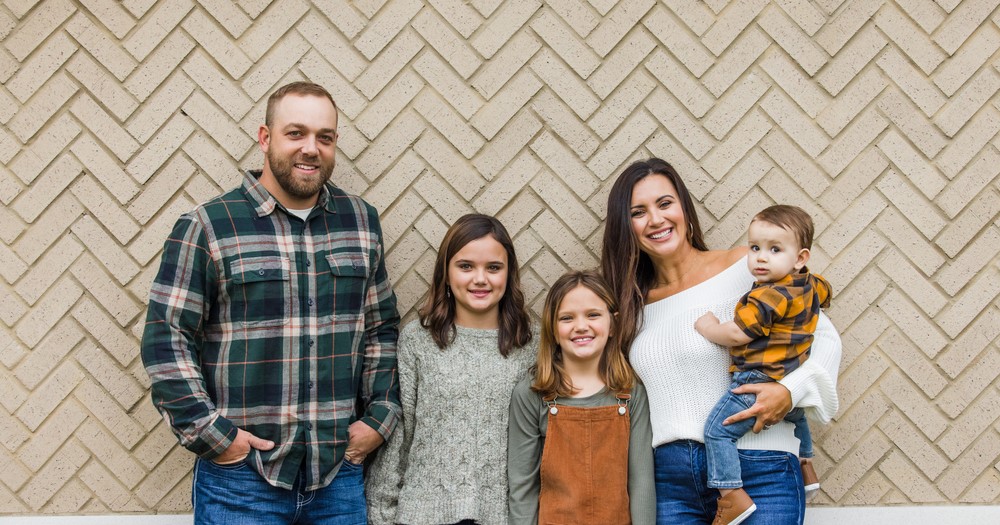Under the UK laws of intestacy, stepchildren have no automatic right to inherit. Unlike a spouse or blood relative, both of whom can lay claim to an estate and/or its assets when there is no will in place, a stepchild is only entitled to an automatic share if they have been formally adopted by the deceased.
This means stepchildren who have not been formally adopted could be left with nothing if a stepparent dies intestacy. The situation becomes even more complex when there are both birth children and stepchildren involved.
What rights do stepchildren have?
In circumstances where there is no will in place, but a stepchild was treated as a member of the family and was financially dependent on the deceased, it’s possible for them to make an application to the court under the Inheritance (Provision for Family and Dependants) Act 1975.
This can be a long and complicated process for loved ones at what’s already a difficult time. There’s also no guarantee of success. The only way to ensure stepchildren benefit from an estate is for them to be named in the parent’s valid will.
Likewise, in circumstances where the testator does NOT wish for a stepchild to inherit, they must make sure the child is specifically excluded by name in the will. This is because it is still possible for a stepchild to challenge a will under the Inheritance Act 1975 if they are not provided for and the testator’s wishes are unclear.
It’s not sufficient for the testator to leave assets to (or exclude) ‘my children’ in this instance either, as this wording doesn’t cover stepchildren.
It is therefore essential that clients with blended families are aware of the potential issues and risks when it comes to making provision for any stepchildren and are advised accordingly.
“The agreement between couples in these scenarios is often either to provide for their surviving spouse and then leave equally to either all children, or just their biological children,” explains CTT’s Technical Director, Spencer Tattam. “But the issue with using a basic will to do this is that the surviving partner can, and often does, change their will after their spouse or partner’s death.”
What’s the best way to provide for stepchildren?
Even with a will in place, there are still potential planning difficulties for clients with stepchildren and blended families. The best way to ensure a stepchild benefits in the way a testator wants is by using trusts.
“The main benefits of CTT trusts are they allow the use of an asset without actually making it anyone’s property, and as such, the asset remains from the next line of beneficiaries as prescribed by the testator,” says Spencer.
“This also applies to cash; due to the discretion afforded to the trustees, cash can be loaned to a beneficiary which is repaid to the trust on death or other determinable events. This protects the trust assets at the same time as giving the beneficiary the enjoyment of their inheritance.”
Trusts are a useful tool in estate planning. They allow the testator to ringfence assets for use by certain individuals within given circumstances. They also allow executors a greater degree of flexibility when it comes to executing their will in the future. At CTT, we excel at creating new ways to make estate planning easy for advisers working with families with stepchildren through our innovative approach to trusts.
“All our trusts give powers of discretion to the trustees in one form or another and so asset protection and preservation is rooted in what we do! I would always advise anyone with stepchildren to consider using a trust that works in this way,” Spencer says.
For more details on CTT’s trusts and their applications, contact CTT Tax & Trust.
